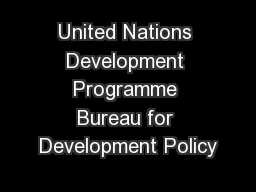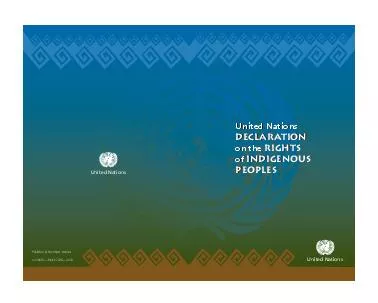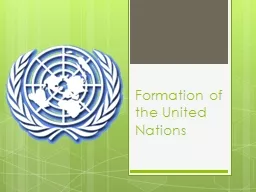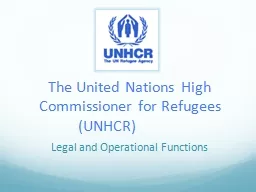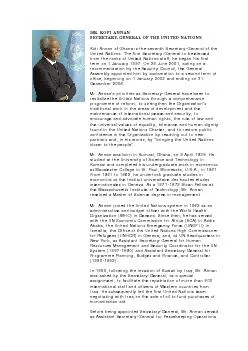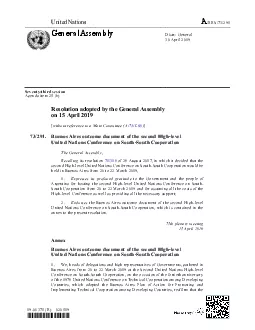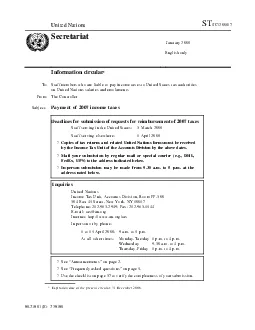PDF-United Nations Development Programme Bureau for Development Policy
Author : test | Published Date : 2016-03-24
1 147As long as you travel to a goal you can hold on to a dream148 Anthony de Mello 1 Intr The Millennium Development Goals MDGs are a set of numerical and timebound
Presentation Embed Code
Download Presentation
Download Presentation The PPT/PDF document "United Nations Development Programme Bur..." is the property of its rightful owner. Permission is granted to download and print the materials on this website for personal, non-commercial use only, and to display it on your personal computer provided you do not modify the materials and that you retain all copyright notices contained in the materials. By downloading content from our website, you accept the terms of this agreement.
United Nations Development Programme Bureau for Development Policy: Transcript
Download Rules Of Document
"United Nations Development Programme Bureau for Development Policy"The content belongs to its owner. You may download and print it for personal use, without modification, and keep all copyright notices. By downloading, you agree to these terms.
Related Documents

